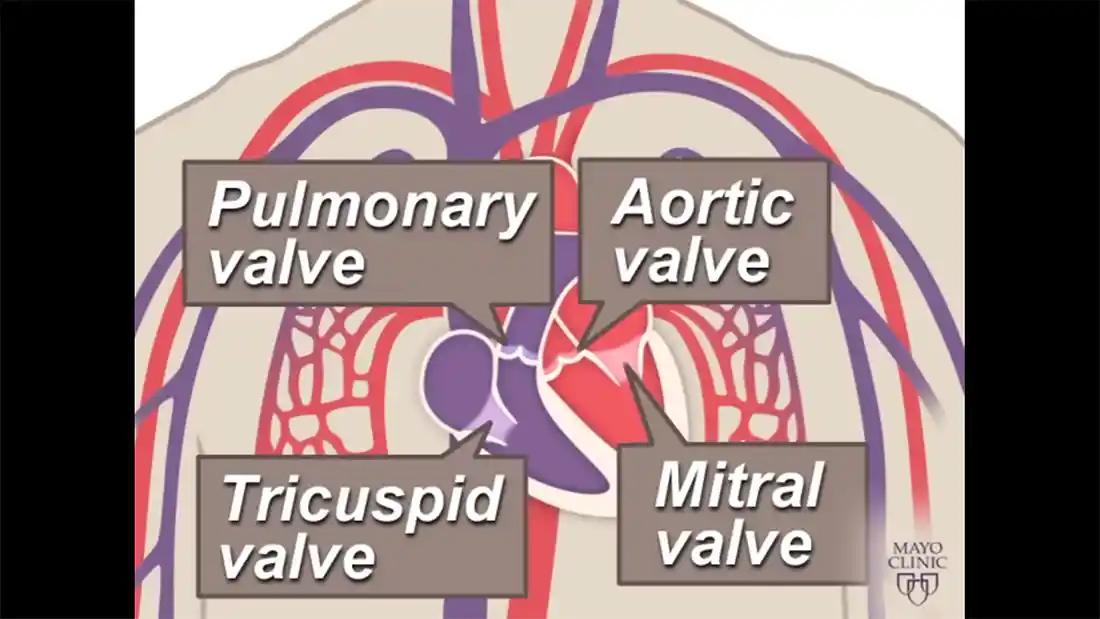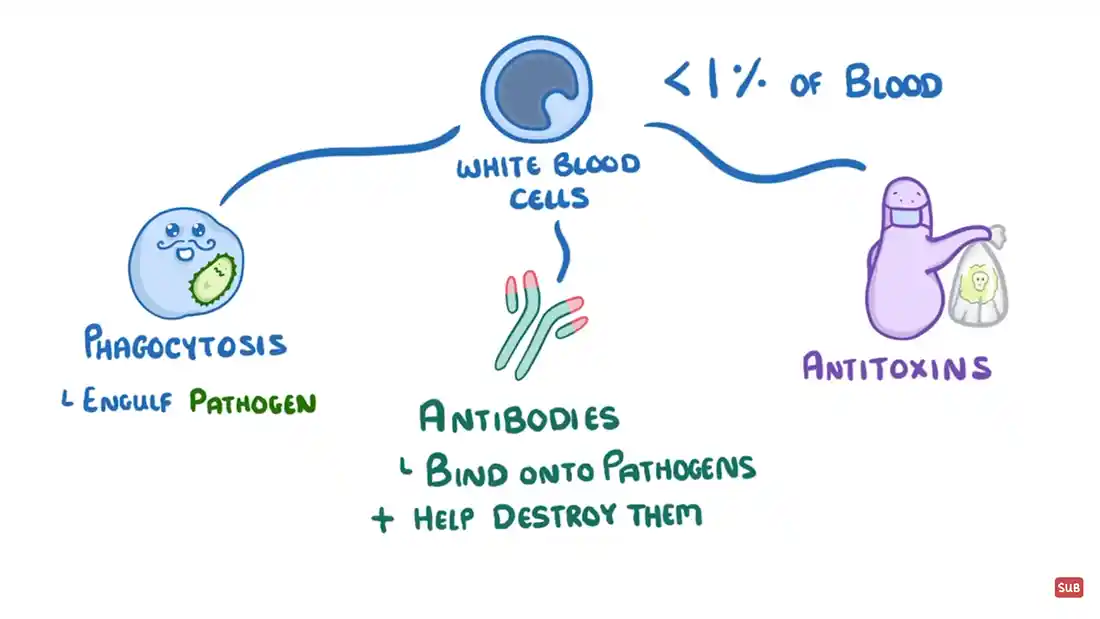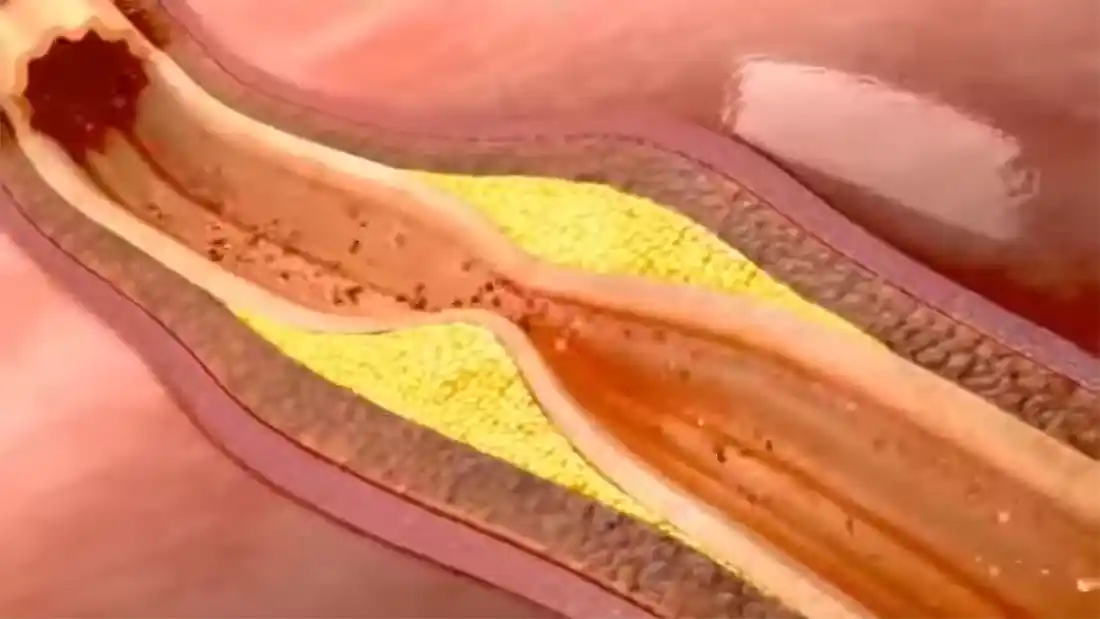

Circulatory system, heart, arteries, veins, capillaries, vessels, red blood cells, white blood cells, platelets, plasma, strokes, heart disease, atherosclerosis, pacemaker, thermoregulation, vasodilation, vasconstriction, smooth muscle, oxygenated, dexoygenated.
We breath in air all day long through our lungs, but what happens to the elements we breath in once it's in our body? This is where the circulatory system works together with the respiratory system.
Once we have taken in a lung full of air, the air is processed by the lungs, which is explained in more detail on the respiratory system page. The oxygen that is in our body once we have taken that air in is dispersed around the body with help from the heart and blood vessels.
In essence, out blood travels around our body in vessels that transport oxygenated blood to the extremities of our body - our fingers, arms, legs, feet and toes. Then we are left with deoxygenated blood at the end of our fingers and toes. It travels back through a network of vessels to return to the heart, to be pumped back to the lungs to take on more oxygen and start the process again.

The blood cells in our body only have a shelf-life of 120 days. When we give blood, the maximum time they will keep it before giving to a patient is 35 days.
What components make up the circulatory system? I'm glad you asked. They are:
The following still is from a video on blood vessels, with the following details:
Please click on the image to view the video.

The artery is the largest vessel that carries blood from the heart to other parts of the body. They run down your arms, your legs and up to your head.
Veins are the green coloured lines you can see just under your skin, and they are mid-sized. They carry the deoxygenated blood back to the heart and are smaller than an artery. There are three types of veins:
Just so you know, your blood isn't green. The reason your veins appear green or blue is due to those colours having a shorter wavelength than red, so we see those colours first.
The smallest of blood vessels, the capillaries allow for exchange of oxygen at the extremities of your body. They line the outermost areas of your body, and release the oxygen from the blood cells to the areas needed.
The heart pumps blood around our body. How? By means of a few contracting and stretching muscles. These muscles are smooth, and allow for movement in such a manner that enbables a pumping action.
The heart is split into four main areas, across two sides. There are two atriums (called the left and right atrium), which allow a certain amount of blood to flow through and into the arteries. The ventricles (also called the left and right ventricle), allow for blood to be pumped around the body. They are filled with fluid, and are separated by a septum (which you also have in your nose to separate the nostrils), which enables the split function of pumping from the heart to the rest of the body.
The following still is from a video on the heart, with the following details:
Please click on the image to view the video.

Try and answer the following questions without looking first:
Less blood flow occurring through the heart, and this in turn means there is less oxygen going around the system and to the heart.
It opens the artery wider so the blood can flow through it better. This also pushes the blockage to one side.
Worksheets that can be completed in a classroom.

If you are unable to see the board, please click here.
Although our heart continually pumps blood around our body - each day there can be as many as 100,000 pumps of the heart - out heart can still be subject of certain diseases that limit or change the way the heart works.
Sometimes, our heart runs into problems, and can even catch a fever. Rheumatic heart disease is an inflammatory disease that affects joints in your body, the heart and the central nervous system. It's symptoms include:
These issues can be treated by having a course of antibiotics to help stop the rheumatic fever and strep throat. Blood thinners can be taken in order to reduce the amount of blood being pumped around the system. These act as a preventative for heart stroke, and are often used when there have been other issues, such as a DVT (Deep Vein Thrombosis).
If one or more of the valves in your heart are damaged in any way, it can lead to valvular heart disease. This is usually due to the age of the heart, and so happens later in life. If you think about it, 100,000 pumps a day for 60-75 years, is a lot of heart pumps!
Symptoms of this are similar to rheumatic heart disease, but include:
Our blood consists of several cells and other chemicals. They include:
The blood that flows in your circulatory system is, in fact, classed as a tissue. Because the fluid inside the system is kept under pressure, and consists of several different specialised cells performing their singular functions. They are all suspended in this fluid that flows through the system, and therefore creates a tissue.
A red blood cell is known as an erythrocyte. It loads up with oxygen and carries it to destinations in our body.
It has a biconcave appearance, looking like a donut without the hole. Inside, it has haemaglobin, a chemical that reacts with oxygen. It's like putting a magnet under a piece of paper with iron filings on it. The iron surrounds the poles on the magnet. The same thing happens with oxygen to the haemoglobin.
Our body needs to defend itself from illness, and the way it does this is by housing white blood cells in our bloodstream. There are several types of white blood cell, but I will concentrate on two:
Lymphocyte: these are the cells that create antibodies, which enable the cells to fight infection and viruses.
Phagocyte: these are cells that will attempt to fight infection and viruses, but do not create antibodies.
They a present in the blood stream, and are smaller than the other cells in the system. They provide an effective way of combatting blood loss from the skin. If we cut our skin, for example, platelets will come into action. They go from being round in shape, ro having protrusions, or spikes, to fuse together and form a blood clot.
The circulatory system will not work properly without having some sort of liquid running through it. Imagine trying to drive your car with no oil in it? It wouldn't last very long, as the components would rub against each other, and the friction would eventually wear away between themselves.
The plasma in our blood system is yellow in colour, and makes up over 50% of the bloodstream. The other components, red blood cells, white blood cells and platelets, all flow with the plasma. The plasma also contains nutrients that are carried along with the other cells.
The following still is from a video on cell types, with the following details:
Please click on the image to view the video.

There are around 8 different blood types/groups. Depending on the type of blood you have, depends on where the antigens are on the red blood cells. That's right, you have antigens that line the red blood cells.
So, the eight types are:
So what does that mean? Well, Type A and B are sugar antigens. Some people have A or B, or even AB antigens in their system, they have the antigen present on the red blood cells. If they don't, their blood type would be O, either positive or negative.
There are rare cases of blood types, including AB- which accounts for 0.6% of the population, B-, which accounts for 1.5% of the population, and AB+, which accounts for 3.4% of the population.
The most common types include O+ at 37.5% of the population, and A+ at 35.7% of the population.
Another factor of our blood type is the Rh Factor, or Rhesus. Most people are Rh positive, and it only becomes a problem during some pregnancies and if you require a blood transfusion.
If you watched the video, you will know that the heart is composed of four areas. On both sides, you have an aorta and a ventricle. On the right side (left if you are looking at it in a picture - I know, confusing) the blood is coming back from the rest of the body to the heart, and is carrying deoxygenated blood cells.
From the heart, after going to the lungs to pick up oxygen, the blood is pumped from the left side of the heart through the aortic valve and right atrium, to the rest of the body.
You can see this process using the Sankey diagram in the resource list.
This is the buildup of fatty deposits called plaque within the arteries. They clog the arteries and narrow the tubes. This results in surgery being needed - either a stent or bypass is needed to fix the problem. A healthier diet can help the situation.
The following still is from a video on cholesterol buildup, with the following details:
Please click on the image to view the video.

This can often lead to:
Pacemakers are little devices implanted inside us. They help keep a regular heartbeat for people who have issues with theirs. It uses electrical impulses to 'shock' the pacemaker into pumping blood.
Roughly the size of a matchbox (and sometimes smaller), they weight between 20 and 50g. Inside, a pulse generator, which is a battery and tiny computer circuit and wires that attach to the heart itself, emits electrical impulses to your heart. This is set at a pacing rate, hence the name pacemaker.
With the way technology advances, new pacemakers are being developed. As such, clinical trials are currently being undertaken where the pacemaker is the size of a pill. It is inserted directly in the heart, and uses a wireless electrode to stimulate the heartbeat.
Our bodies have a thermoregulatory centre that allows for blood vessels to expand and contract to increase or decrease the amount of blood that flows to those areas.

Women are more sensitive to the cold than men are. Women have a higher core temperature, but they have a lower metabolic rate than men, as they tend to have lesser muscle mass than men.
When we get hot, our blood vessels dilate. This is known as vasodilation. It is the opening of vessels in areas that allow us to sweat. Although this is a good thing, it can be mindful of the situation in which it is happening- if you drink a lot of alcohol from going to a party, vasodilation occurs, and you become sweaty and have flushes. It happens as well when you get anxious, as you start to get clammy and sweat again also. It's basically when you sweat that this happens. It's a generally good thing to happen.
The opposite of this is vasconstriction, which is the decrease in size of open blood vessels in an area. It could mean that you end up feeling cold in areas - most likely to be your fingers and toes - due to the weather inclement. But your body will be mostly protected from the cold in this situation, as your body heat surrounds the heart and lungs to enable breathing and continued working of the heart. It also covers the brain, by sending blood back and forth from it.
Activities that can be done in a classroom.

 What is Blood Made Of? (Activity)
What is Blood Made Of? (Activity)
The steps to take if you see someone having a stroke, image courtesy  NHS UK.
NHS UK.
Disclaimer | About Me | Sitemap



Blue icons adapted from icons courtesy of Smashicons.com